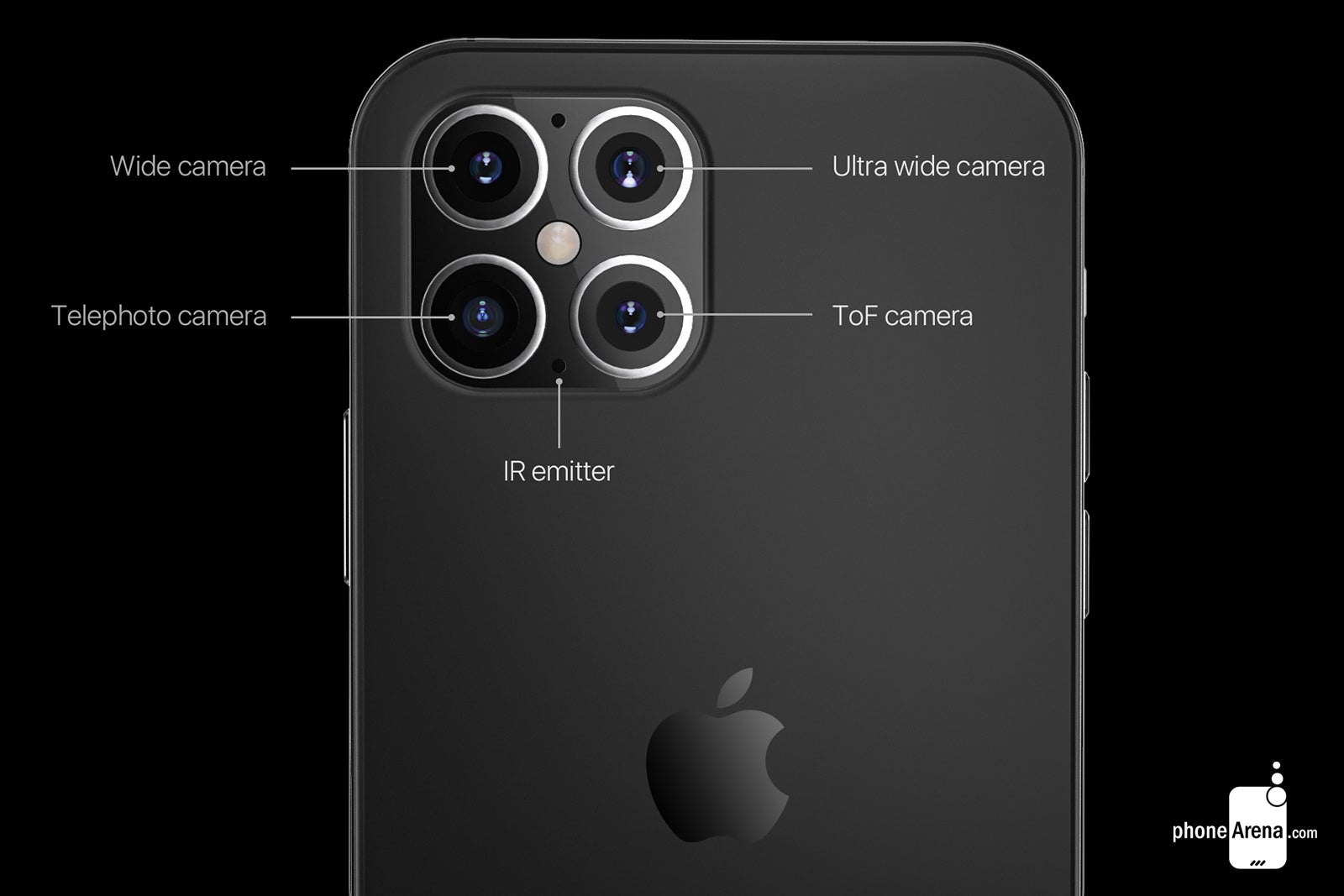5G Apple iPhone sales could disappoint next year

When it comes to transitions between wireless generations, the Apple iPhone has never lead the way. Consider that the original iPhone worked on AT&T's slow as molasses EDGE network. Not only couldn't you use the browser and receive a phone call at the same time, YouTube videos were practically unwatchable unless you found a Wi-Fi signal. Meanwhile, 3G had already been available for years with Verizon the first to launch a 3G network in the states back in January 2002. It wasn't until the second-generation iPhone launched in 2008 (the iPhone 3G) that Apple had brought the iPhone's wireless capabilities up to date.
The first 4G enabled iPhone was 2013's iPhone 5 which was released more than two years after the HTC ThunderBolt became the first U.S. handset to support 4G LTE. And now that T-Mobile has a nationwide 5G network and other carriers are slowly expanding their 5G footprints, there is no 5G compatible iPhone model at the moment. Apple is expected to release one or more 5G iPhone models next September. But according to Loup Ventures managing partner Gene Munster, this is not Apple's fault. Appearing on CNBC today, he said, "Ultimately, this is a massive opportunity for Apple, huge play on 5G, but it’s going to take a while for networks to roll out coverage." Munster believes that the carriers will not be able to achieve the 5G coverage that they've talked about resulting in softer sales of 5G iPhone models than expected next year. The blame for this, he says, would lie "largely on the shoulders of the carriers who have talked a lot about the 75% coverage by the end of next year. I think that that is optimistic at the best case."
Munster says that sales of the 2020 5G iPhones will be disappointing to investors
But this will be a slow process. Consider that Verizon CEO Hans Vestberg said this past summer that by 2024, only 50% of Americans will have a 5G phone. Munster reiterated the results of a survey conducted in September by his former employer Piper Jaffray of 1,050 current iPhone users. The survey showed that 23% would upgrade to a $1,200 5G iPhone model. That was up from the 18% who said back in June that they would update their iPhone to a similarly priced 5G version.
Munster said that sales of the 5G iPhones will be disappointing. As smartphone users make the move from 4G LTE to 5G, the sluggish smartphone market is expected to get a shot in the arm. In fact, Apple supposedly told its supply chain partners to expect it to ship as many as 100 million iPhone 12 units in 2020. This would usher in the first new "supercycle" for the iPhone since 2014's iPhone 6 was released. But if Munster is correct, these estimates will turn out to be too high.

What the quad-camera setup might look like on the back of a 2020 5G iPhone
Forecasts for the 2020 iterations of the iPhone are all over the map, as they should be nine months before they officially see the light of day. We've heard that anywhere between four and six new models will be unveiled. The latest rumors point to Apple releasing the iPhone 12 and iPhone 12 Plus. Both will reportedly sport OLED panels weighing in at 5.4 inches and 6.1 inches respectively. They will have a notch and bezel similar to what you see on this year's iPhone 11 Pro units and will carry a dual-camera setup on the back. The iPhone 12 Pro is expected to be equipped with a 6.1-inch OLED panel while the top-of-the-line iPhone 12 Pro Max could come with a huge 6.7-inch AMOLED display. The "Pro" models should have three cameras in the back (Wide, Ultra-Wide, and Telephoto) and should also feature a Time of Flight (ToF) sensor for improved AR capabilities, an enhanced bokeh blur on portraits, and perhaps a rear-facing Face ID option. Depending on whom you are speaking with, as few as one and as many as four 5G iPhones will be offered to consumers in 2020.
Again, depending on the analyst, the 5G iPhones will either support both sub-6GHz spectrum or both mmWave and sub-6GHz spectrum. The former offers faster data speeds and more capacity than the sub-6GHz signals; the latter signals travel farther and penetrate structures better.


Follow us on Google News












Things that are NOT allowed:
To help keep our community safe and free from spam, we apply temporary limits to newly created accounts: